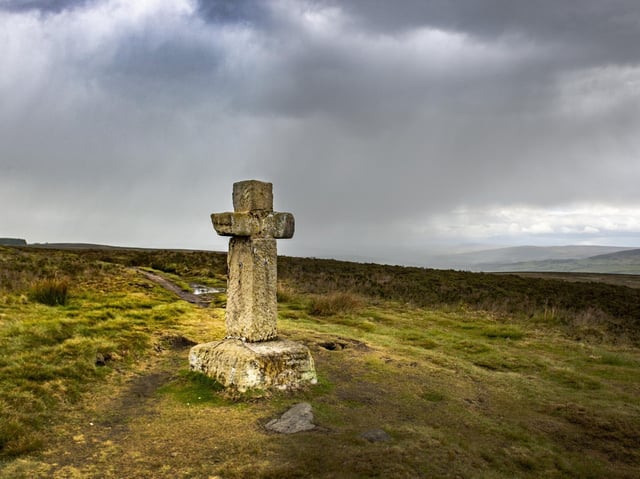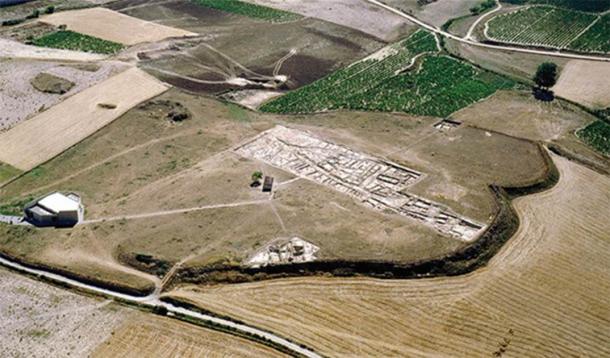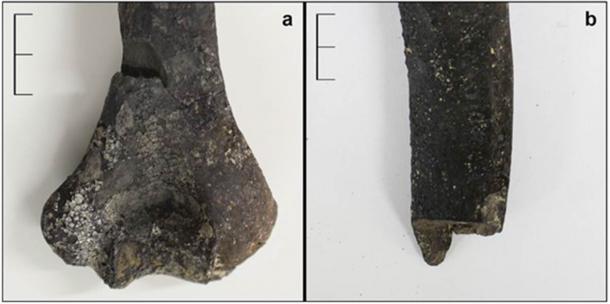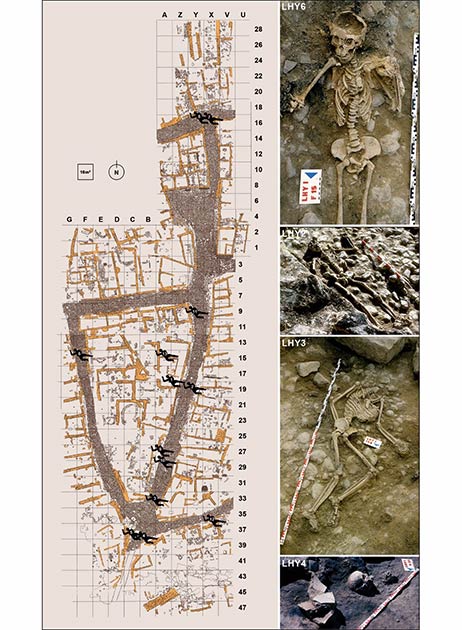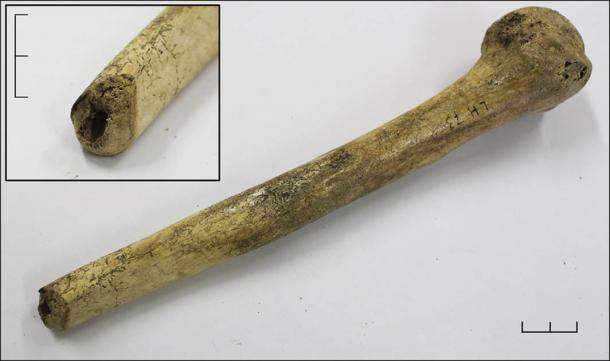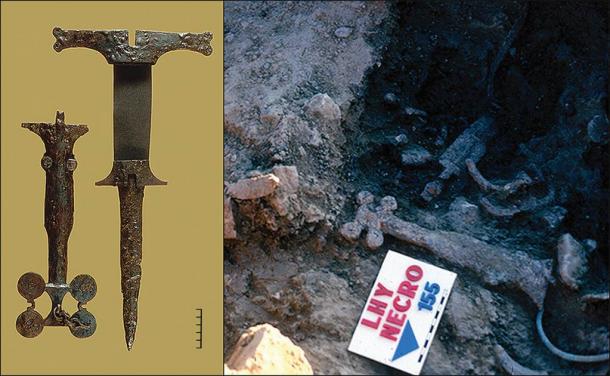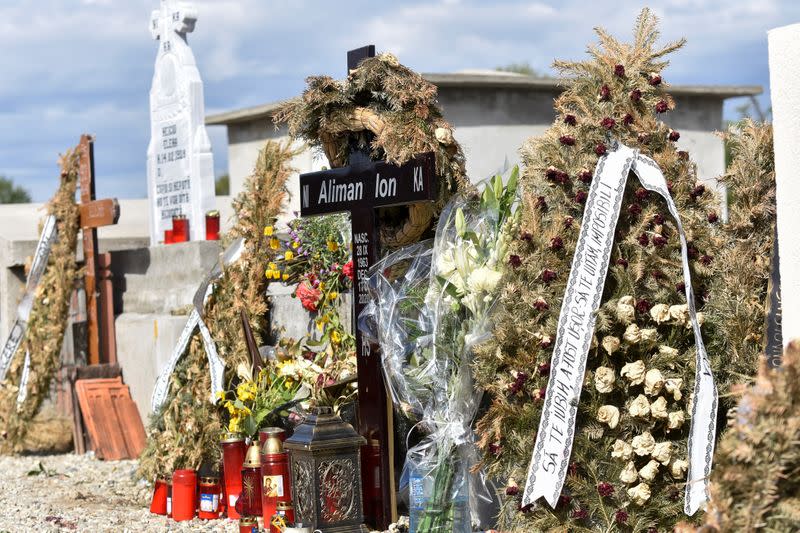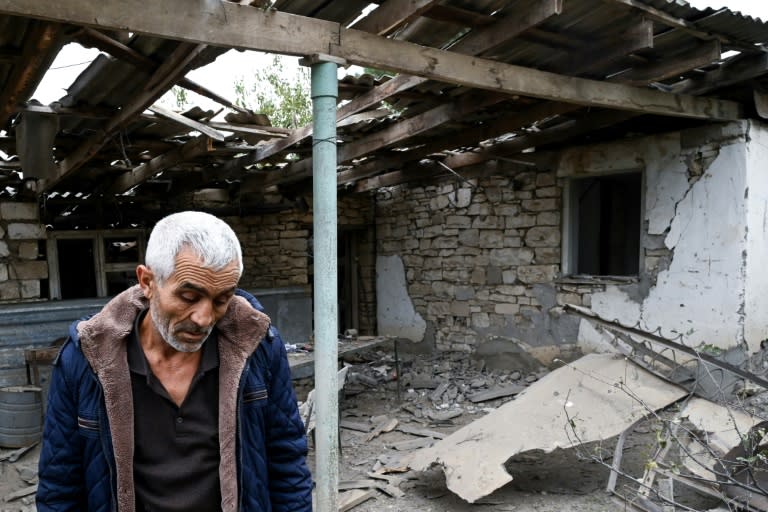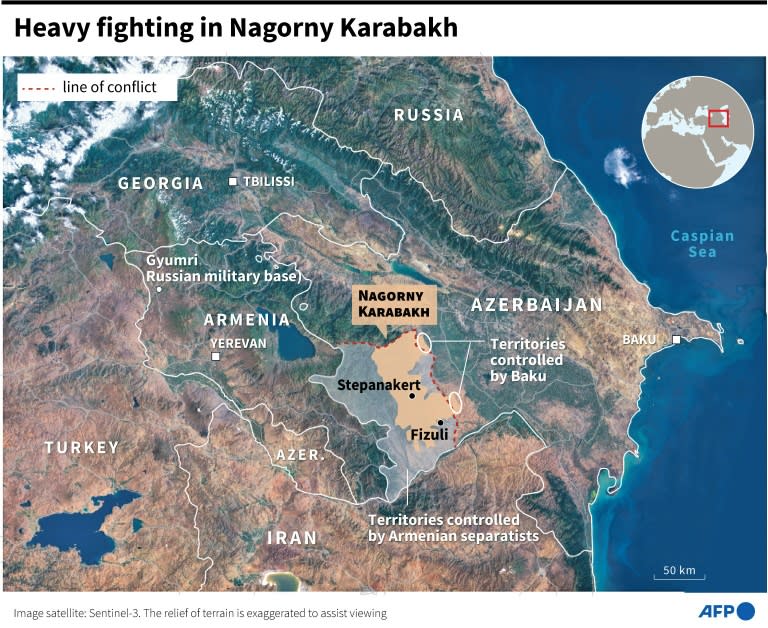Diamond Mines this week told some employees of its Ekati mine they have no job to return to, if or when the mine reopens following its closure at the start of the pandemic.
Published: September 30, 2020 OLLIE WILLIAMS CABINRADIO.CA

Ekati, one of three active diamond mines in the Northwest Territories, has been in care-and-maintenance mode since March for health and safety reasons. The other mines, Rio Tinto-operated Diavik and De Beers’ Gahcho Kué, have remained operational.
This week, multiple Ekati workers told Cabin Radio they had received notices confirming their employment was being terminated with immediate effect – and with no prospect of any severance pay.
The employees were among 391 Ekati staff who had already been furloughed (placed on temporary unpaid leave) for months.
It’s unclear how many workers have had their employment terminated by Dominion this week. Two of the people affected each said they believed well over a dozen colleagues had been let go, but Dominion did not provide a figure when asked by Cabin Radio.
In a statement by email, the company said: “Our management team has worked tirelessly to avoid having to separate anyone from the company, including by cutting expenses, furloughing employees while still paying benefits, and modifying our operations to run as efficiently as possible.
“While this was an incredibly difficult decision, we simply cannot responsibly stay fully staffed while the Ekati diamond mine remains on care and maintenance.
“All employees are being treated fairly and with respect, consistent with Dominion’s values.”
Dominion has been in creditor protection for the better part of half a year, stating its inability to sell diamonds during the pandemic had caused a cashflow crisis.
Creditor protection is a legal mechanism allowing Dominion to avoid paying some of its debts while it restructures or finds a buyer.
Earlier this month, Dominion said its parent – the Washington group of companies – would buy “substantially all” of its assets related to the Ekati mine, ending the creditor protection process. However, that sale is not expected to be finalized until November.
There is still no firm date for Ekati to reopen.
Dominion on Wednesday said a “global shutdown of diamond sales” during the pandemic was one reason for its financial pain and the decision to terminate some staff’s contracts.
However, other diamond mine operators in the NWT have stated they were able to find ways to sell diamonds despite the impact of Covid-19, while Dominion itself recently told an Alberta court it had resumed sales worth tens of millions of dollars.
One terminated employee who asked about severance pay this week was told by Dominion’s human resources department that the terms of creditor protection meant no severance could be issued, in an email seen by Cabin Radio.
Dominion’s decision to terminate some contracts appears to run contrary to the provisions of a letter issued by the NWT government in July.
On July 20, a territorial employment standards officer gave permission for Dominion to extend the furlough period for hundreds of staff to an anticipated total of 211 days, up to October 31, 2020.
That permission was required in order to comply with the NWT’s Employment Standards Act.
In a letter to Dominion – copied to affected employees and seen by Cabin Radio – the NWT government says it is granting the extension of the furlough period “based on our understanding that all employees affected by the temporary layoffs will be recalled within the 211 day period.”
Asked if its actions complied with that letter, Dominion did not respond.
The NWT’s Department of Education, Culture, and Employment – which governs employment standards in the territory – acknowledged a Wednesday request for comment from Cabin Radio and said it was working on a response.
‘Better days are ahead’
Letters received by affected Ekati staff say they are being “terminated without cause … due to the continuing adverse impacts of the Covid-19 pandemic.”
Dominion told staff facing termination it had been “forced to undertake a company-wide strategic review and restructuring of operations.”
Its letter continued: “It is as a result of this process that we have made the difficult decision to terminate your employment with the company.”
On announcing the sale of Dominion’s Ekati assets to the Washington group – an announcement made two weeks ago – Dominion and Washington said the company would keep “substantially all” of its employees.
On the day that sale was announced, Dominion interim chief executive Pat Merrin told employees in an all-staff email: “I am confident that we are on the right path forward and better days are ahead.”
This week’s terminations instead suggest the company has not reached financial stability – despite the agreed sale – and call into question the likelihood of Ekati’s operations resuming this calendar year, as had been forecast by mine managers.
It is understood none of those affected by the recent terminations are unionized employees. At least one was said to be a member of senior management at the mine.
“A lot of us have placed our faith in the company,” one terminated staff member said by email on Wednesday.
“We are not in a good place right now.”

